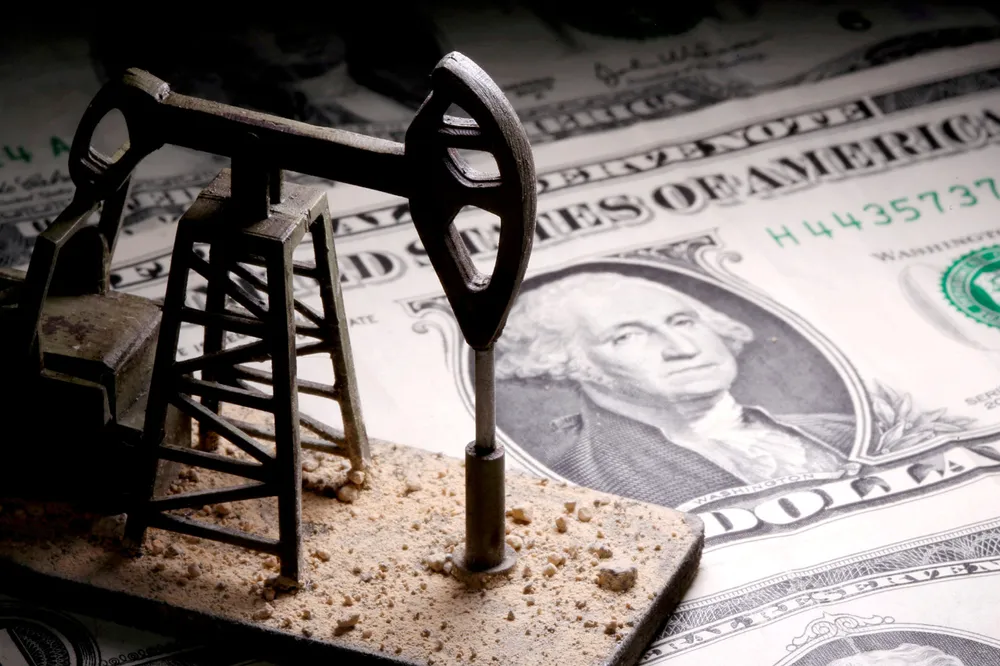Big Oil’s profits raise questions as companies pick shareholder returns over energy transition
Another round of outsized earnings means Big Oil will continue to be under close scrutiny for a meaningful energy transition effort

Another round of outsized earnings means Big Oil will continue to be under close scrutiny for a meaningful energy transition effort
